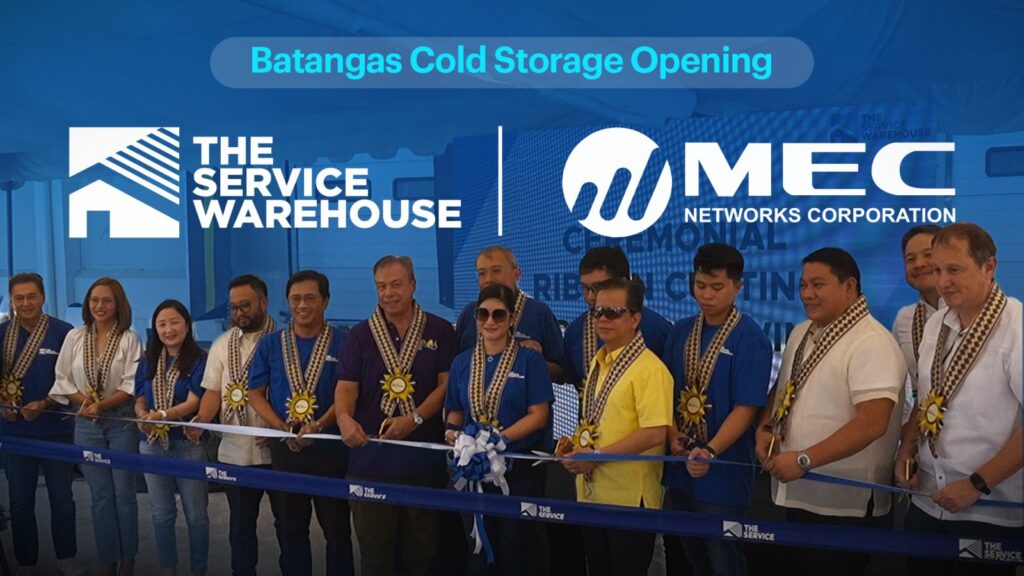Handling the lifecycle of the wireless network of your business is a non-stop process. You do not just set it up and forget about it. No matter where you are in the Wi-Fi lifecycle, Ekahau Connect includes intuitive and potent Wi-Fi tools to aid you in managing every step.
The Wi-Fi Lifecycle
The Wi-Fi lifecycle includes all of the stages you commonly see with setting up and handling a robust wireless network. It passes through the earliest predictive design, validation, network optimizations, upkeep, and troubleshooting. Understanding the stages and fitting yourself with the right tools can help you boost dependability and performance for your network.
5 Steps to Enhance Every Step of the Wi-Fi Lifecycle
1. Design
Designing your Wi-Fi means transposing network demands into a high-performing and dependable network for your business. To meet or exceed business-critical operations, Wi-Fi needs to be well-designed, not just installed.
To start your design, you will first work with design stakeholders to gather requirements. Take into account the information about the site layout, constructing paraphernalia, network architecture, devices on the network, application, and occasionally, aesthetics. Some of this data is not always readily available. In those scenarios, you have to use your own judgment to make estimates.
Once conditions have been established and approved by the design stakeholders, you can start your predictive design. Predictive designs are done in the modeling software in which you can import your floor plan and delineate the surroundings. With this, you can simulate walls, input coverage/capacity conditions, and plot your access point (AP) placement.
Ekahau Pro is the industry-standard software for designing Wi-Fi networks. Using an ultra-fast and accurate 3D propagation machine, Pro allows you to directly design a high-capacity network based on your conditions. On the other hand, Ekahau Cloud allows you to share your design and check results with the rest of your organization. Enjoy the flawless collaboration between the central office and field areas, and make design participating with your entire company simple and easy.
2. Validate
Like all designs, Wi-Fi design is an iterative process, so once you have completed your predictive design, you need to validate it. The most common system of design confirmation is performing an AP on a Stick (APoS) check. By mounting APs in the locales preliminarily linked, you will be ready to validate effects like AP placements, channel application, capacity, content, and RF in the terrain. This will ensure that your design is performing as predicted.
Validating your design is critical to successful network deployment. Mounting the APs and any external antennas can help reveal any implicit fine-tuning needed before running the final cabling and installing the APs. The confirmation phase is the “measure doubly, cut formerly” part of the Wi-Fi lifecycle. This aids you in alleviating the threat of expensive redesign, rewiring, and reinstallation after the APs have been stationed.
The confirmation stage of the Wi-Fi lifecycle also includes post-deployment confirmation once the network outfit has been installed and configured rightly.
With the Ekahau Survey mobile app along with your Ekahau Apprentice, you can conduct pre-and post-installation confirmation checks. By using the power of the Apprentice, you will be ready to get a more accurate understanding of how your APoS or post-implementation design is performing. Survey transforms your smartphone or tablet into a lightweight inspection tool supplying you the freedom of movement and enhanced safety. Dissect the results of your check with Ekahau Pro and make any necessary adaptations to meet your conditions.
You can also share your results via the cloud with multiple people in the field who can now work simultaneously on the same design. Critical data can be speedily sent to the Wi-Fi expert in charge.
3. Optimize
Now your Wi-Fi is perfect, and you can go home, right? Not yet! Wi-Fi optimization is the ongoing monitoring and upkeep needed for an efficient and dependable wireless network.
For numerous networks, the optimization phase takes the longest time. This is because the network is continuously tweaked to accommodate changes in operation situations and the number of client devices or changes in the physical landscape. This is similar to shifting stocks in storage or changes in the office room arrangements.
Regularly performing an RF check of your network will give the precious data demanded to make smart Wi-Fi adaptations. The process of accomplishing regular health check checks, troubleshooting issues, and enforcing fixes will open the doors to a stable network that will last.
4. Troubleshoot
Most of the time, you do not know a network issue or Wi-Fi outage has been happening until the help office tickets start rolling in. Time is precious, and every moment counts when troubleshooting your network.
Troubleshooting can be a high-stress phase of the Wi-Fi lifecycle. However, with the right tools, you can fix and go back to the optimization phase.
A spectrum analyzer is critical in the troubleshooting process. It records and measures the strength (power/energy) of both Wi-Fi and non-Wi-Fi business that exists in your network terrain. This allows you to rapidly identify possible intruders. In addition, a spectrum analyzer can show the channel of calculated traffic, empowering you to optimize your network channels for top performance while avoiding impediments.
When users report problems, troubleshooting with Ekahau tools is quick and easy. Onsite staff can fire up the Ekahau Analyzer mobile app and Ekahau Apprentice to identify possible issues. The intuitive dashboard provides a quick view of network health. It can detect primary and secondary signal strength, Signal-to-Noise Rate (SNR), channel, connectivity, spectrum outturn, data rates, and possible interferences.
Remote collaboration with Ekahau Connect is also great for troubleshooting networks. Autopilot mode in Survey automatically tracks your path. This makes it easy for non-Wi-Fi experts to gather measures in areas where users are passing issues. The measured data can also be bear back to the Wi-Fi expert for analysis.
Ekahau Capture, along with Apprentice, allows anyone to fluently collect Wi-Fi packets to determine complex problems.
5 – Design (Again?)
Occasionally, network conditions change, leaving your network performance lacking. Other times, company growth exceeds what your network can accommodate. This leads to a new design or an upgrade for your network. But good news! The process is the same; simply gather your conditions, design, validate and optimize your network!
Conclusion
Throughout the Wi-Fi lifecycle, Ekahau Connect enables flawless collaboration across departments, onsite staff, and remote experts. From the advanced design features of Ekahau Pro to the easy-to-use mobile Survey and Analyzer apps and the sheer delicacy of the Apprentice, Connect includes all of the tools you need to make and maintain a high-performing wireless network across every stage of the Wi-Fi lifecycle.





